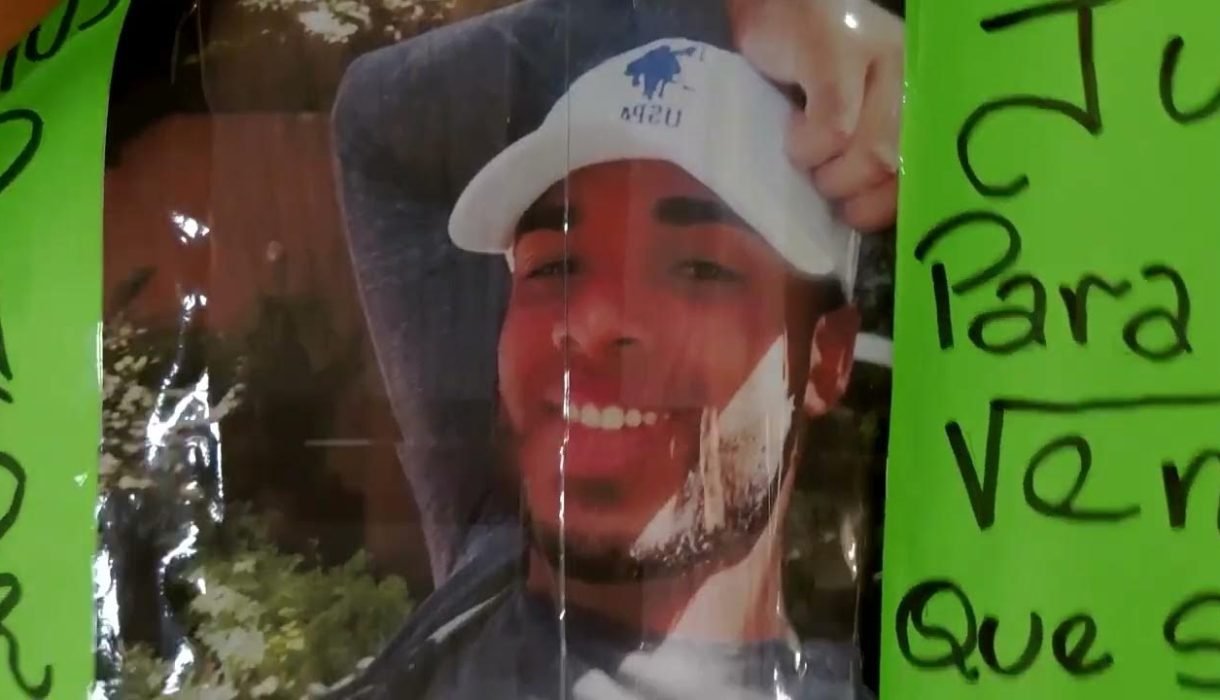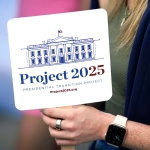
Marked and Misjudged: The Human Cost of America’s Immigration Crackdown
Posted in :
As America’s immigration debate rages on, it’s easy to lose sight of the individuals trapped inside the machinery of politics. But for families like that of Josina Romero, the issue is anything but abstract. Her story—and the incarceration of her son in El Salvador—offers a heartbreaking window into a system where tattoos, nationality, and fear too often replace evidence, empathy, and justice.
Josina’s voice trembles when she speaks. Her son, a young Venezuelan migrant, was deported from the United States and is now imprisoned in a high-security facility under allegations of gang affiliation. The basis for his arrest? Tattoos. In the eyes of U.S. immigration authorities, body art has become a marker of criminality—particularly among Venezuelan migrants accused of ties to the Tren de Aragua gang. But Josina insists: “My son is not a criminal. Nowadays, everyone has tattoos.”
And she’s right.
Tattoos, once cultural taboos, are now common symbols of personal expression. Yet, for migrants, especially from Latin America, tattoos are often viewed through a dangerous lens. Immigration officials and social media narratives alike are quick to conflate ink with intent. The result? Innocent people branded guilty by appearance alone.
In Josina’s case, this has meant the forcible separation of mother and son. But she’s not alone. Across the country, families are grappling with similar stories—sons and daughters swept into detention, stripped of rights, and deported under broad claims of national security.
The legal landscape supporting these deportations is both arcane and alarming. In 2023, former President Donald Trump revived the Alien Enemies Act, a statute from the 1790s designed to allow wartime deportations of citizens from hostile nations. Trump declared Venezuelan migrants with alleged gang ties to be national security threats. That declaration allowed for rapid deportation—no trial, no due process.
But critics, including legal scholars and federal judges, have condemned this use of 18th-century law to justify modern removals. One federal judge, James Boasberg, halted certain deportations under the act, accusing the administration of “intemperate and disrespectful” behavior toward the courts. Still, the damage is done. Many Venezuelans now sit in prisons across Central America, deported from a country that promised protection but delivered rejection.
Adding to the injustice is the Venezuelan government’s own admission: there is no evidence that these deportees are connected to Tren de Aragua. In fact, the majority have no criminal record. Yet, the stigma sticks. A tattoo becomes a conviction. And for families like Josina’s, the emotional cost is incalculable.
Her plea is simple. She wants her son returned to Venezuela—not because she believes he’ll be treated fairly, but because at least he’ll be close to family. Her sorrow is echoed by another father, who vowed to travel to El Salvador on foot if it meant seeing his son again. These are not isolated anecdotes. They are part of a growing pattern of familial desperation, caused by a system that sees numbers, not names.
The cultural misunderstanding of tattoos is not just cosmetic—it’s political. In Latin America, especially Venezuela, tattoos are often expressions of art, community, or resilience. But when filtered through U.S. immigration frameworks, they become grounds for removal. It’s a clear case of bias fueled by fear, amplified by sensationalist media and partisan rhetoric.
Social media platforms have also played a damaging role, spreading images and claims that further stigmatize migrants. The narrative of Venezuelan gangs infiltrating the U.S. has been weaponized to justify harsh policies and rally political support. But the lived realities tell a different story—one of people fleeing violence, not bringing it.
Behind every policy is a person. Behind every law, a life. Josina’s son is not a symbol or statistic. He is a young man who sought safety, only to find confinement in a foreign prison, thousands of miles from home.
The broader implications are sobering. When executive power overrides judicial oversight, when suspicion replaces evidence, and when humanity is sacrificed for political optics, we edge closer to authoritarian governance. Legal experts warn that continued defiance of the courts could provoke a constitutional crisis, where the very structure of American democracy begins to falter.
In the face of all this, however, there are signs of resistance—and of hope.
Community organizations are stepping up, providing legal aid, emotional support, and public education to counter harmful narratives. Families are organizing, speaking out, and refusing to be silenced. Local leaders are calling for immigration reform that prioritizes due process and human dignity.
Change begins with awareness. It begins with telling stories like Josina’s—not just to evoke sympathy, but to demand accountability. Immigration policy must be grounded not in fear, but in facts and fairness. We cannot allow outdated laws, racial profiling, or political scapegoating to determine who deserves to stay and who must go.
And we must reconsider how we see people—not just through their skin, their culture, or their tattoos—but through their humanity.
As Josina cries for her son, she cries for all families caught in the system. For every parent crossing a continent on foot. For every migrant whose only crime was seeking a better life.
Let her story be a call to action—not just for policy reform, but for compassion.

